Top 10 Important Facts About Mirrorless System Cameras
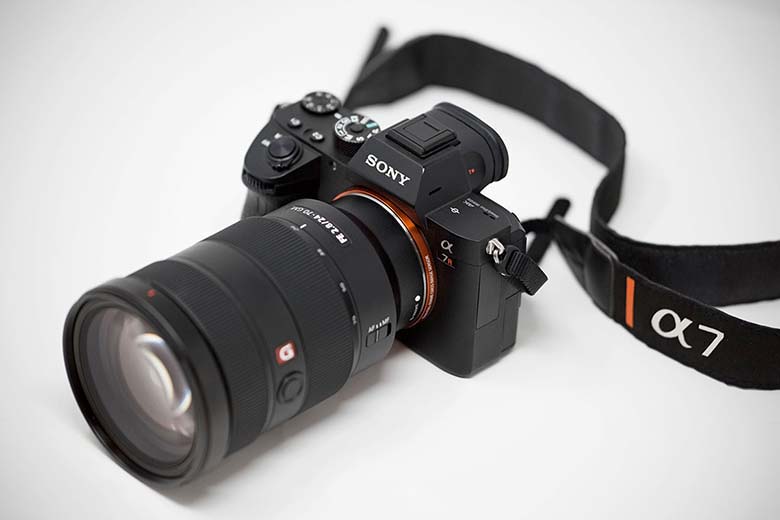
The evolution of photography has been punctuated by technological leaps that redefine the way we capture and share moments. In this digital age, mirrorless system cameras have emerged as a pivotal advancement, reshaping the landscape of professional and amateur photography alike. Unlike their traditional DSLR counterparts, mirrorless cameras have eschewed the cumbersome mirror mechanism, liberating photographers from weight and bulk while offering a new world of creative possibilities.
At the heart of these cameras lies their defining trait: the absence of the optical mirror and pentaprism found in DSLRs. This absence allows mirrorless cameras to adopt a more compact and lightweight form factor without compromising on image quality. In its place, these innovative cameras employ electronic viewfinders (EVFs) or rely solely on rear LCD screens to provide real-time previews of shots, revolutionizing the way photographers interact with their subjects.
The mirrorless revolution has introduced other breakthroughs as well. The ability to swiftly switch between a variety of lenses caters to diverse photographic styles, while rapid advancements in autofocus technology result in precise and swift subject tracking. These cameras are not just tools for still photography; they excel in the realm of video recording too, boasting features that meet the demands of content creators and filmmakers.
As mirrorless technology continues to advance, it is imperative to grasp its foundational elements and transformative impact. This article delves into the top 10 crucial aspects that define mirrorless system cameras, providing an insightful guide for photographers of all levels to navigate this exciting terrain.
Top 10 Important Facts about Mirrorless System Cameras
- No Mirror Mechanism
- Electronic Viewfinder (EVF)
- Interchangeable Lenses
- Fast Autofocus
- Silent Shooting
- Video Capabilities
- Adaptability
- Compact Size
- Battery Life
- Rapid Technological Advancements
1. No Mirror Mechanism
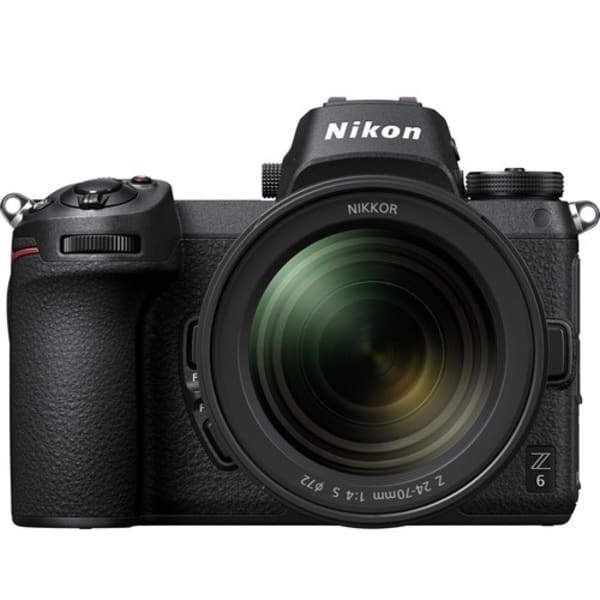
The absence of a moving mirror mechanism in mirrorless cameras contributes significantly to their reduced size and weight. Unlike traditional DSLRs, where light enters through the lens, hits the mirror, and then reflects into an optical viewfinder, mirrorless cameras allow light to pass directly through the lens to the image sensor. This streamlined design not only makes mirrorless cameras more portable but also eliminates potential sources of mechanical wear and tear.
2. Electronic Viewfinder (EVF)

READ ALSO » 9 Important Factors To Consider Before Purchasing Land In 2024
One of the distinguishing features of mirrorless cameras is the incorporation of electronic viewfinders. These viewfinders provide photographers with a real-time digital representation of the scene they're capturing. EVFs offer benefits such as exposure preview, white balance adjustment, and the ability to view the impact of settings like aperture and shutter speed before taking the shot. This enables a more accurate depiction of the final image even before it's captured.
3. Interchangeable Lenses
Mirrorless cameras retain the ability to interchange lenses, just like DSLRs. This flexibility allows photographers to choose the ideal lens for a specific shot, whether it's a wide-angle lens for landscapes, a macro lens for close-ups, or a telephoto lens for capturing distant subjects. The wide range of available lenses empowers photographers to explore different creative perspectives and tailor their equipment to various shooting scenarios.
4. Fast Autofocus
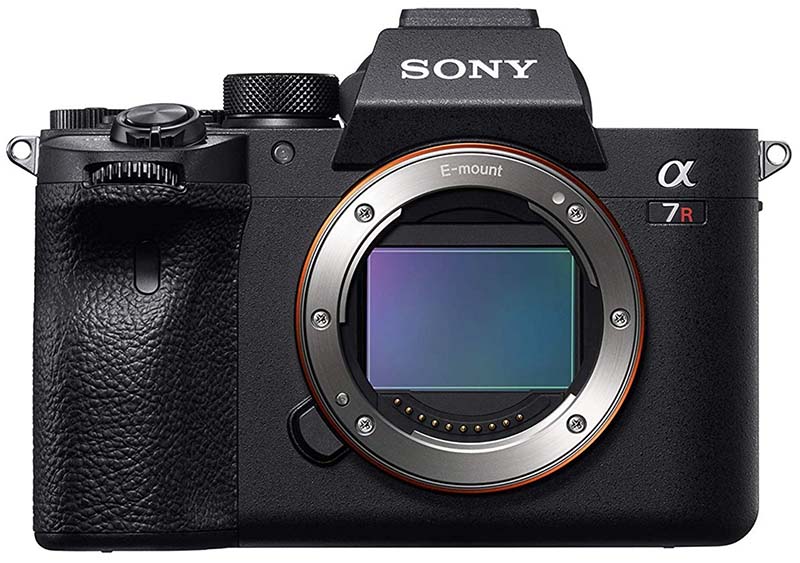
Mirrorless cameras often employ advanced autofocus systems that utilize on-sensor phase-detection or contrast-detection technology. These systems analyze the scene in real-time and rapidly adjust focus, resulting in swift and accurate focusing. This is particularly advantageous for capturing fast-moving subjects, making mirrorless cameras suitable for sports, wildlife, and action photography.
5. Silent Shooting

The absence of a mirror mechanism means that mirrorless cameras operate with minimal noise. This makes them ideal for situations that require discretion, such as during weddings, performances, or wildlife photography. The ability to capture images silently ensures that the camera's operation won't disturb the ambiance or subjects being photographed, a feature that many photographers find invaluable.
6. Video Capabilities
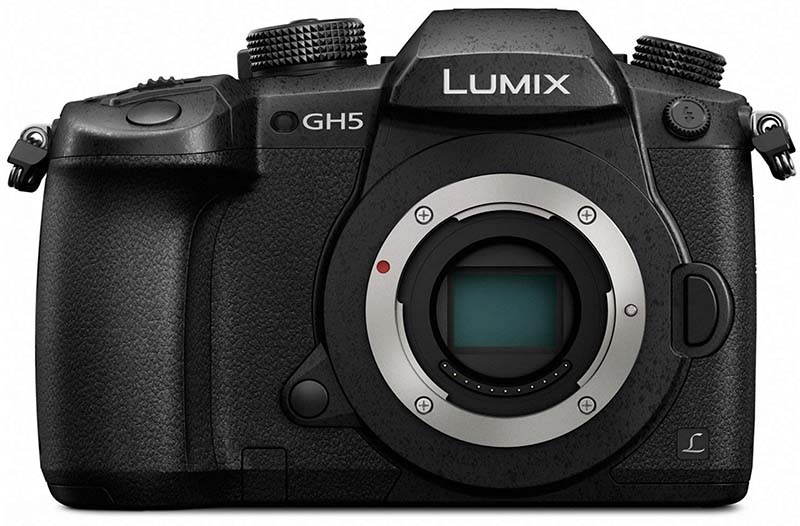
Mirrorless cameras have gained significant traction in the world of video recording. Their fast and accurate autofocus, in-body image stabilization, and compatibility with a range of lenses make them excellent tools for videographers. Mirrorless cameras often offer features like manual focus peaking, zebra patterns for exposure control, and even the ability to record in high-quality video formats, catering to the needs of content creators and filmmakers.
7. Adaptability
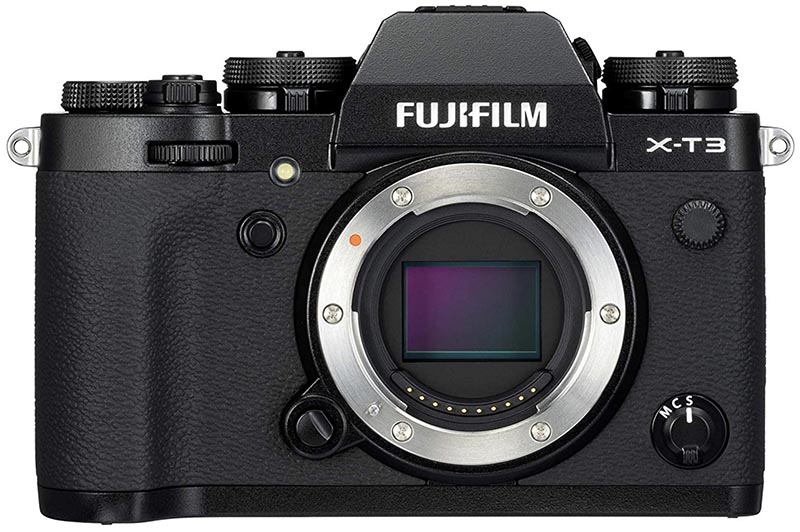
One notable advantage of mirrorless systems is their adaptability. With the right adapter, photographers can use lenses from other camera systems, expanding their creative options. This is particularly useful for photographers who want to migrate from a DSLR system to a mirrorless one without replacing all their existing lenses.
8. Compact Size
The absence of a mirror mechanism allows mirrorless cameras to be notably smaller and more compact than DSLRs. This reduction in size and weight is a game-changer, especially for those who prioritize portability. It's easier to carry mirrorless systems during travel, street photography, or any situation where a lightweight setup is advantageous.
9. Battery Life
READ ALSO » Top 10 All Time Facts About Celine Dion
Due to the constant use of electronic components like EVFs and live view screens, mirrorless cameras typically have shorter battery life compared to DSLRs. Photographers often need to carry spare batteries, especially during extended shooting sessions. Advances in battery technology and power management have improved this aspect over the years, but it remains an important consideration.
10. Rapid Technological Advancements
The mirrorless camera market is marked by rapid technological advancements. Manufacturers are consistently pushing the boundaries of sensor technology, image quality, and features. This means that newer models frequently offer improved performance and innovative capabilities. Staying informed about the latest developments is crucial for photographers looking to harness the cutting-edge capabilities of mirrorless systems.
These final aspects complete the comprehensive overview of mirrorless system cameras. Their transformative impact on photography, ranging from their design and versatility to their potential for video and ongoing technological evolution, positions them as pivotal tools for photographers seeking innovation and creativity in their craft.
In conclusion, mirrorless system cameras have ushered in a new era of photography, redefining how we capture and express our visual stories. By discarding the traditional mirror mechanism, they offer portability without compromising quality. Electronic viewfinders provide immediate feedback, while interchangeable lenses and advanced autofocus systems enhance creative flexibility. Mirrorless cameras excel not only in still photography but also in video recording, making them indispensable for content creators. Their adaptability, compactness, and continuous technological progress underscore their significance in modern photography. Embracing these revolutionary devices opens the door to endless possibilities, encouraging photographers to push their boundaries and capture the world in innovative ways.
